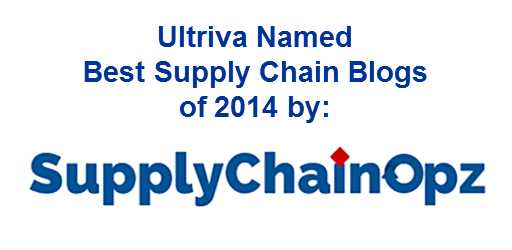Continuing our blog posts on the End to End pull replenishment system, we will be tackling the most common of the eight requirements; the critical need for manufacturers to collaborate and integrate with their upstream supply chain.
 Over the years there has been plenty of focus on how to manage the supply chain. The most obvious theory has been “how can I make my supplier do what I want”. This is an easy thinking because “I am paying the supplier and he needs to do what I say”. This approach by manufacturing companies put the entire onus on the suppliers to meet their demands in full.
Over the years there has been plenty of focus on how to manage the supply chain. The most obvious theory has been “how can I make my supplier do what I want”. This is an easy thinking because “I am paying the supplier and he needs to do what I say”. This approach by manufacturing companies put the entire onus on the suppliers to meet their demands in full.
These kinds of mandates have been very common with Automotive OEMs during the 70’s and have proliferated to other industries. The evolution of MRP didn’t help the matter much. Forecasts or estimated demand driven MRP would generate supplier forecasts, planned orders and exceptions on a regular frequency (weekly, twice a week or daily). The frequent generation of exceptions via MRP is the constant request to defer, expedite or cancel the outstanding orders.
In my meetings with manufacturing companies over the last decade, I have heard several purchasing and procurement organizations complain about their lack of control over the supply chain without realizing that the supplier behavior is the result of their actions. Suppliers who are subject to this constant bull-whipping will start shipping what they can when they can. So it is not uncommon for suppliers to ship partial quantities to meet the initial deadline and follow up with balance quantities over a period of time.
Procurement/purchasing team claim how they have been sending regular forecasts to their suppliers but their suppliers fail to perform effectively. When I ask them how much of their forecasts match the P.O.s sent by MRP the answer normally is “we don’t know”. However, if you dig up the numbers, it is clear that there is very little correlation. So the suppliers are playing defense by increasing the lead times and shipping partial quantities to meet the initial dock date.
How to change supplier behavior?
The easy way to change the supplier’s behavior is to provide consistency and visibility into the process. What I mean by consistency is to standardize the lot size, lead time and committed order. As most of you know, when the supplier provides a lead time, it is always proportional to certain lot size. For example, the supplier may be able to deliver 100 pieces of Part A in 15 days. However if MRP sends out an order for 500 pieces with 15 days lead time, it is not practical to expect the full shipment on time.
Ultriva provides a clear process for achieving consistency and visibility.
Manufacturers should still provide the forecasts to suppliers for planning purposes but also provide an execution signal in real time for standard lot size. We call this “Consumption Driven Replenishment”.
Achieve consistency by sizing the material flow loop between Manufacturer’s raw material warehouse and supplier, based on the standard lot size, lead time, transit time, usage, variability of consumption and safety stock. Provide visibility for suppliers to view customer’s on-hand inventory, usage pattern and frequency of orders. Together they allow development of a flexible supply network that can easily respond to change in customer demands. This is the stepping stone for building an End to End pull system.
If you are interested in knowing how end to end pull is being used by 8000+ suppliers across the world, please request a demo.



